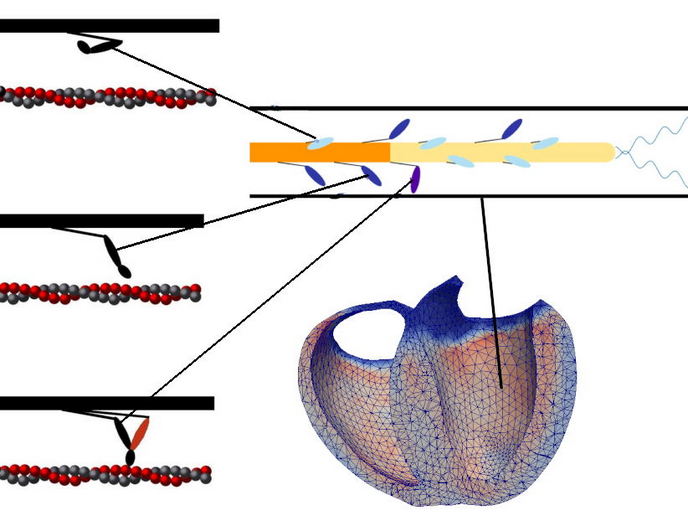Your brain after alcohol
Millions of people suffer from alcoholism worldwide. Alcoholism not only affects the addicted and their families, but also has socioeconomic consequences, such as financially burdening health care and welfare systems. Thus, it is important to further our biological understanding of alcohol addiction in order to develop more effective treatment and prevention. The project 'Alpha CaMKII autophosphorylation as a mechanism to regulate alcohol consumption' (ALCO_CAMK) worked on two important ways to further our knowledge of the disease and future possibilities for treatment. First, the project focused on forming an animal model of alcohol addiction-related behaviours. To do this, a longitudinal study was performed. Detailed analysis of mouse behavior in social groups and behavioural traits, previously shown in humans as precursors to alcoholism (impulsivity, anxiety etc.), were studied. The mice were then studied with unlimited access to alcohol for 70 days. Analysing for correlations between the behavioural traits and addiction-like behavior, the data suggested one between high levels of anxiety-related traits and high impulsivity. The second part of the project was focused on the connection between the autophosphorylation of calcium and CaMKII and the development of alcohol addiction-related behaviours. CaMKII-T286A mutant mice were compared to their wild-type littermates and it was discovered that the CaMKII autophosphorylation-deficient mutants had different behavioural responses to alcohol. For example, the mutants had a decreased psychostimulant response to the alcohol injection. Tests also showed a clear split of high and low motivation for alcohol among the wild mice after chronic alcohol treatment. Yet, the mutant mice mainly remained in the middle of this scale. The ALCO_CAMK project established a new animal model for alcohol addiction and found that the autophosphorylation of CaMKII is important for the regulation of alcohol addiction-related behaviours. The discovery of the effects of CaMKII on behavioural effects of alcoholism will hopefully spur the creation of successful new molecular strategies for treating alcoholism.







